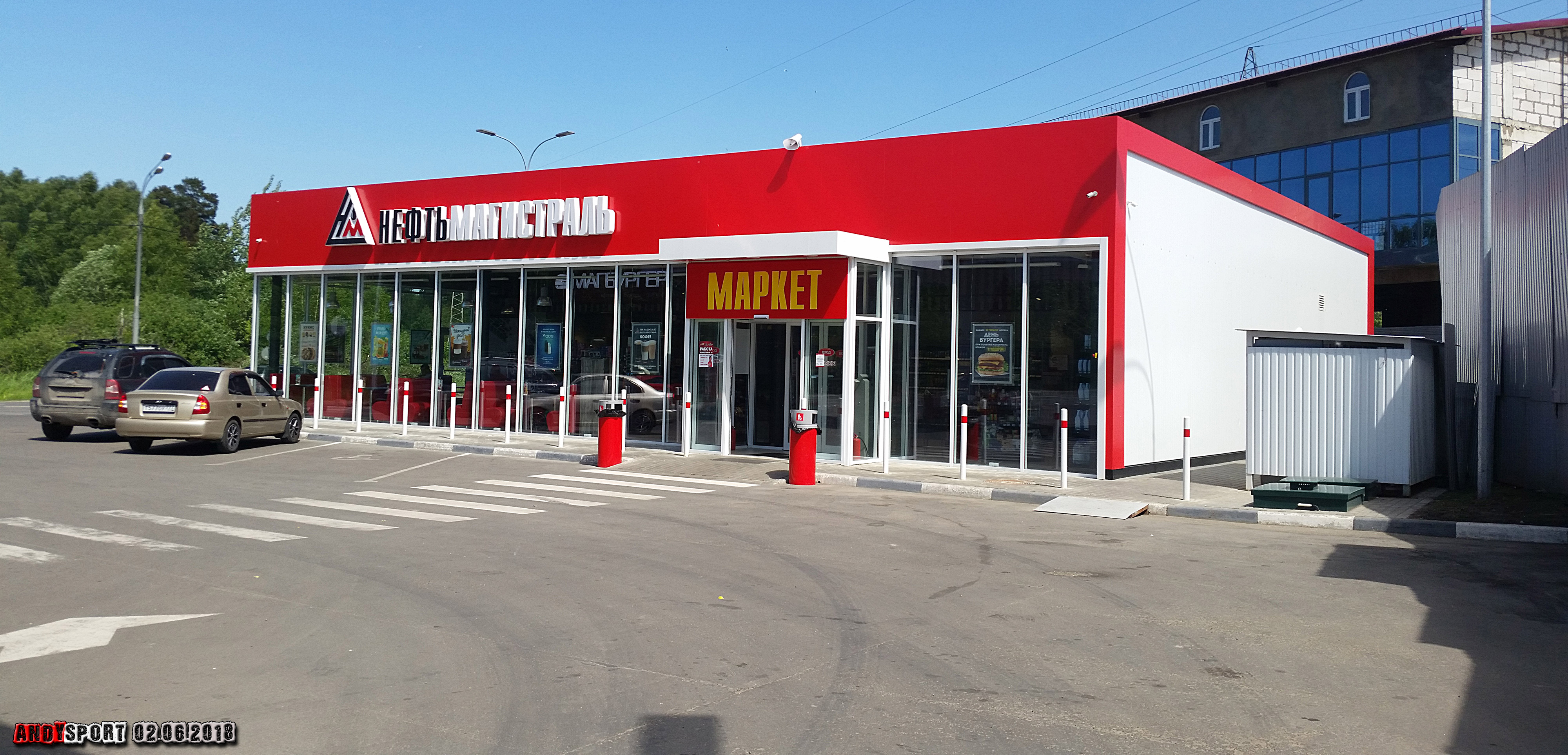BTK Drawings: A Deep Dive Into The Artistic World Of True Crime
True crime enthusiasts have always been fascinated by the dark and mysterious world of BTK (Bind, Torture, Kill). But did you know that there’s an entire subculture dedicated to exploring the artistic side of this chilling story? BTK drawings have become a unique way for artists to express their interpretations of one of America’s most infamous serial killers. So, buckle up, because we’re diving deep into this intriguing blend of art and crime.
When people hear the name "BTK," their minds immediately go to the dark chapters of Wichita's history. Dennis Rader, the man behind the moniker, left an indelible mark on society. But what happens when that legacy meets the world of art? BTK drawings have emerged as a controversial yet compelling medium, sparking debates about morality, creativity, and the human psyche. Are these artworks a tribute to a killer, or do they serve as a reflection of our fascination with darkness?
This article isn’t just about the drawings themselves. It’s about understanding the motivations behind them, the impact they have on society, and why people are drawn to such controversial content. Whether you’re a true crime fan, an art lover, or someone who’s simply curious, this piece will give you a fresh perspective on the intersection of art and crime.
- Yellowstones Ryan Bingham Hassie Harrisons Dream Wedding See Photos
- Disney Classic Movies A Nostalgic Trip Down Memory Lane
Here’s a quick guide to what we’ll cover:
- Biography of Dennis Rader
- What Are BTK Drawings?
- Why Do People Create BTK Art?
- Controversy Surrounding BTK Drawings
- The Psychology Behind Art and Crime
- Legal Implications of Creating Such Content
- How to Approach This Topic Responsibly
- Examples of Famous BTK Drawings
- The Role of Social Media in Popularizing This Trend
- Final Thoughts and Takeaways
Biography of Dennis Rader
Who Was BTK?
Let’s rewind the clock and take a look at the man behind the moniker. Dennis Lynn Rader, better known as BTK, was a serial killer who terrorized Wichita, Kansas, from 1974 to 1991. Rader claimed ten victims, binding, torturing, and killing them in a pattern that earned him his chilling nickname. But beyond the headlines, Rader led a seemingly normal life. He was a churchgoer, a father, and even served as a compliance officer for a local park. How does someone with such a mundane facade become one of the most notorious serial killers in American history?
Here’s a quick overview of Rader’s life:
- Rafael Nadals Family Life Wife Kids Relationship Timeline
- Kendall Jenners College Tour 818 Tequila And Bar Stops
| Full Name | Dennis Lynn Rader |
|---|---|
| Birthdate | March 9, 1945 |
| Place of Birth | Pittsburg, Kansas |
| Occupation | Compliance Officer, Church Volunteer |
| Active Years | 1974–1991 |
| Victims | 10 |
Rader’s story is a chilling reminder of how ordinary people can hide extraordinary darkness. But what happens when that darkness becomes the subject of art?
What Are BTK Drawings?
Exploring the Artistic Side of BTK
BTK drawings are artistic representations of Dennis Rader, his victims, or the events surrounding his crimes. These artworks range from realistic depictions to abstract interpretations, each offering a unique perspective on the BTK story. Some artists focus on Rader himself, capturing his dual identity as both a family man and a killer. Others highlight his victims, using their stories to bring attention to the human cost of his actions.
These drawings aren’t just about recreating the crimes. They’re about exploring the psychological and emotional layers of the BTK narrative. For some artists, it’s a way to confront their own fears and fascinations. For others, it’s about honoring the memory of those who lost their lives.
Why Do People Create BTK Art?
The Motivation Behind the Madness
Now, you might be wondering, why would anyone want to create art based on such a dark subject? The answer lies in the complexity of the human psyche. True crime has always been a source of fascination for many, and art is a natural extension of that interest. Here are a few reasons why people create BTK drawings:
- Catharsis: Creating art can be a way for artists to process their emotions and make sense of the darkness in the world.
- Storytelling: Art allows storytellers to explore the BTK narrative in ways that words alone cannot capture.
- Provocation: Some artists use BTK drawings to provoke thought and spark conversations about morality, justice, and the human condition.
- Memorialization: By focusing on the victims, artists can honor their memories and ensure that their stories aren’t forgotten.
Whatever the reason, one thing is clear: BTK drawings are more than just pictures. They’re a reflection of our collective fascination with the darker sides of humanity.
Controversy Surrounding BTK Drawings
Where Art Meets Morality
Not everyone is a fan of BTK drawings. Critics argue that creating art based on a serial killer’s crimes is exploitative and disrespectful to the victims and their families. They believe that such content glorifies violence and gives a platform to someone who committed unspeakable acts. On the other hand, supporters argue that art has the power to transform even the darkest subjects into something meaningful.
The debate is ongoing, and it raises important questions about the role of art in society. Where do we draw the line between creative expression and moral responsibility? Is it possible to honor the victims without glorifying the killer? These are tough questions with no easy answers.
The Psychology Behind Art and Crime
Why Are We Drawn to Darkness?
Psychologists have long studied the human fascination with crime and darkness. One theory suggests that we’re drawn to these topics because they allow us to explore our own fears and vulnerabilities in a safe environment. Art, in particular, provides a unique outlet for this exploration. By creating or viewing BTK drawings, people can confront the darker aspects of human nature without putting themselves in harm’s way.
Another theory posits that our fascination with crime stems from our desire to understand the “other.” We want to know what drives someone to commit such heinous acts and how we can prevent similar tragedies in the future. Art helps us process these complex emotions and gain new insights into the human condition.
Legal Implications of Creating Such Content
When Does Art Cross the Line?
While creating BTK drawings is generally legal, there are certain boundaries that artists must be mindful of. For example, using copyrighted images or personal information without permission can lead to legal trouble. Additionally, some countries have laws against promoting or glorifying violent content, so artists need to be aware of the legal landscape in their region.
It’s also worth noting that some victims’ families may find such content distressing. While artists have the right to express themselves, they also have a responsibility to consider the impact of their work on others. Striking a balance between creative freedom and ethical responsibility is key.
How to Approach This Topic Responsibly
Tips for Artists and Enthusiasts
If you’re interested in creating or consuming BTK drawings, here are a few tips to help you approach the topic responsibly:
- Respect the Victims: Always remember that behind every drawing is a real person who suffered. Honor their memory by focusing on their humanity rather than the crimes committed against them.
- Be Mindful of Your Intentions: Ask yourself why you’re creating or consuming this content. Is it to learn, to heal, or to provoke thought? Your intentions will shape the way you approach the subject.
- Stay Informed: Educate yourself about the BTK case and the broader implications of true crime art. The more you know, the better equipped you’ll be to navigate this complex topic.
Examples of Famous BTK Drawings
Art That Captures the Essence of BTK
Over the years, numerous artists have created BTK drawings that capture different aspects of the story. Some focus on Rader’s duality, while others highlight the resilience of the victims. Here are a few notable examples:
- "The Two Faces of BTK": A striking portrait that juxtaposes Rader’s public persona with his private crimes.
- "Echoes of the Past": An abstract piece that uses color and texture to convey the emotional weight of the BTK case.
- "Remembering the Forgotten": A series of portraits dedicated to the victims, ensuring that their stories aren’t lost to time.
These works showcase the diversity of artistic expression and the many ways in which the BTK story can be interpreted.
The Role of Social Media in Popularizing This Trend
Hashtags and Shares: The Digital Age of BTK Art
Social media has played a significant role in popularizing BTK drawings. Platforms like Instagram and Pinterest are filled with artworks inspired by the BTK case, each one reaching a global audience with a single click. While this exposure has brought attention to talented artists, it’s also raised concerns about the potential for exploitation and misinformation.
As with any trend, it’s important to consume content critically and support creators who approach the subject with sensitivity and respect. By doing so, we can ensure that the art world remains a place of creativity and understanding rather than sensationalism.
Final Thoughts and Takeaways
BTK drawings are a fascinating example of how art and crime intersect in the modern world. They challenge us to think deeply about our fascination with darkness, our responsibility to the victims, and the power of creative expression. While the topic may be controversial, it’s undeniable that these artworks have sparked important conversations about morality, justice, and the human condition.
So, what’s next? If you’re an artist, consider using your talents to shed light on important issues. If you’re a viewer, engage with content thoughtfully and respectfully. And if you’re just curious, take the time to learn more about the BTK case and the broader implications of true crime art.
Before you go, don’t forget to share your thoughts in the comments below. Do you think BTK drawings are a valuable form of artistic expression, or do they cross the line? Let’s keep the conversation going!



Detail Author:
- Name : Claude Schamberger
- Username : robert95
- Email : walter.kristin@hotmail.com
- Birthdate : 1978-12-08
- Address : 1230 Nader Crossroad Kuhnshire, SC 83690
- Phone : +1 (551) 742-5557
- Company : Anderson Ltd
- Job : Counselor
- Bio : Molestias est voluptatibus et laudantium cum ea eum. In maiores labore sint velit laudantium. Molestiae non veniam magni. Rerum dolor sint veniam aliquid sunt est.
Socials
linkedin:
- url : https://linkedin.com/in/lilyan_williamson
- username : lilyan_williamson
- bio : Corrupti dolores qui enim enim harum.
- followers : 6915
- following : 1112
instagram:
- url : https://instagram.com/lilyan_id
- username : lilyan_id
- bio : Cupiditate saepe consequatur ea dolor eveniet. Est molestias beatae quis eius.
- followers : 3567
- following : 1910
twitter:
- url : https://twitter.com/lilyan.williamson
- username : lilyan.williamson
- bio : Sunt molestiae error aut ut quos aliquid sit. A et amet architecto aliquid nemo voluptas. Accusamus sapiente debitis aut. Sapiente ex omnis aut.
- followers : 395
- following : 243
facebook:
- url : https://facebook.com/lilyanwilliamson
- username : lilyanwilliamson
- bio : Pariatur est distinctio beatae odio optio numquam.
- followers : 808
- following : 907